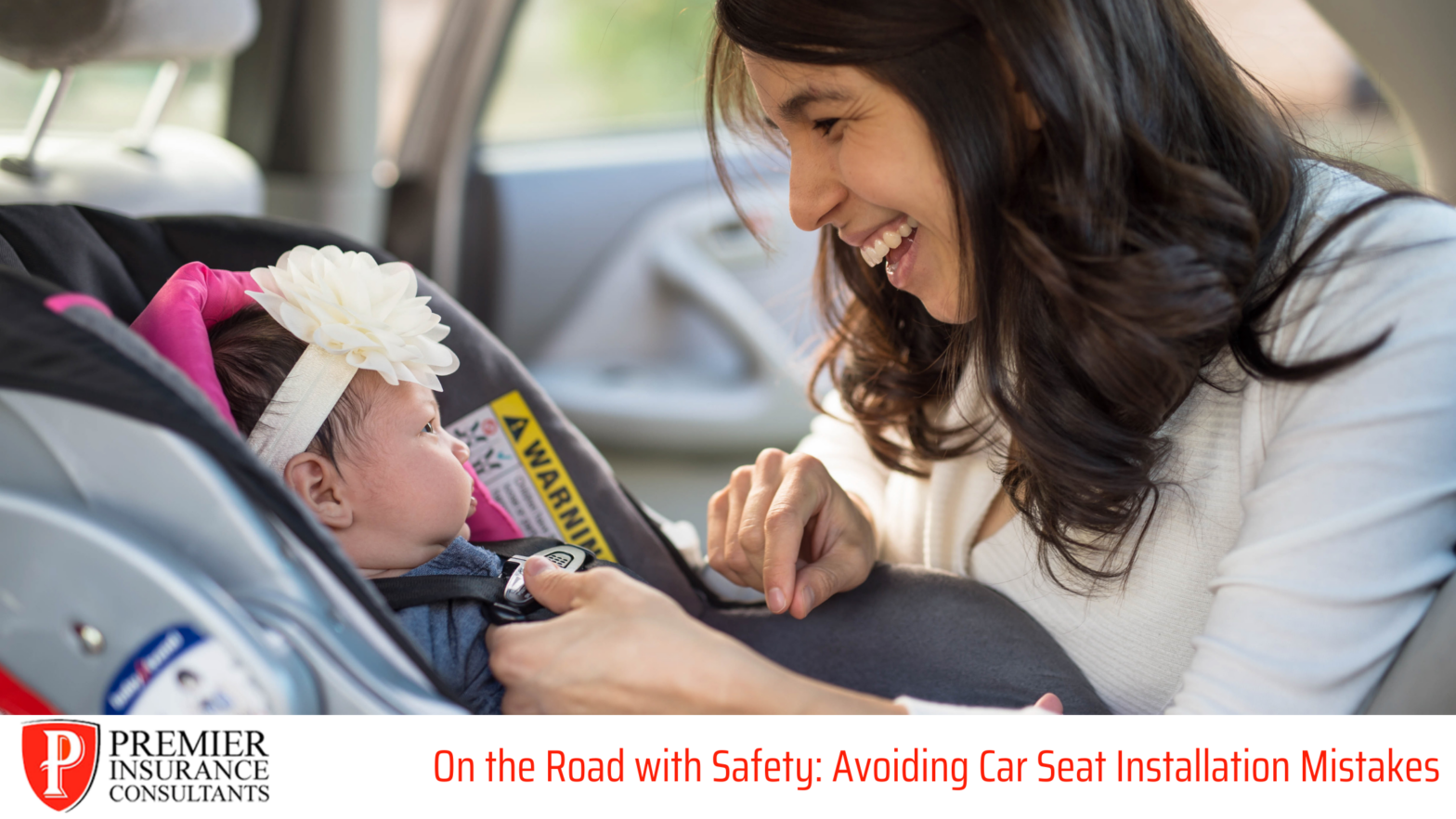On the Road with Safety: Avoiding Car Seat Installation Mistakes
For new parents, ensuring the safety of their little ones is a top priority, especially when it comes to traveling. Car seat safety isn’t just about buckling up; it’s about installing and using the seat correctly to protect infants and toddlers from harm. With countless studies highlighting the importance of car seat safety, it’s crucial to be aware of common installation mistakes that could compromise your child’s safety on the road.
Common Car Seat Installation Mistakes
Many new parents, eager to provide the best for their children, inadvertently make errors when installing car seats. Here are some common pitfalls:
- Loose Installation: An improperly secured car seat can shift in the event of an accident, reducing its effectiveness.
- Incorrect Harness Positioning: Placing the harness straps at the wrong height or leaving them too loose can jeopardize your child’s safety.
- Wrong Recline Angle: A car seat’s incorrect angle can lead to breathing difficulties for infants.
- Using Expired or Damaged Seats: An expired or compromised seat may not provide adequate protection.
- Incorrect Belt Path Usage: Using the wrong belt path can result in a poorly secured seat.
Explanation of Each Mistake and Risks
- Loose Installation: A loosely installed car seat can easily tip over or shift dramatically in a crash, increasing the risk of injury. Ensure the seat doesn’t move more than an inch side-to-side or front-to-back when tested at the base.
- Harness Positioning: The harness should be snug with the chest clip at armpit level. Straps should sit at or below the child’s shoulders for rear-facing and at or above for forward-facing.
- Recline Angle: For infants, the seat should recline to prevent the head from falling forward, which can obstruct airflow. Most seats have a built-in indicator to guide you.
- Expired/Damaged Seats: Car seats have a lifespan, usually six to ten years. Check the label for expiration dates and inspect for any visible damage before use.
- Belt Path Mistakes: Always follow the manufacturer’s instructions to ensure you’re threading the seatbelt or LATCH system correctly through the designated path.
Tips for Correct Car Seat Installation
- Read the Manual: Before installation, thoroughly read both the car seat and vehicle manuals.
- Use the LATCH System: When available, use the LATCH anchors as an alternative to a seatbelt for securing your car seat.
- Check the Seat’s Movement: Once installed, the car seat should not move more than one inch in any direction at the base.
- Secure the Harness: Ensure the harness is snug with no slack by performing the pinch test. You shouldn’t be able to pinch any excess strap material between your fingers.
- Verify the Angle: Use the car seat’s built-in recline indicator to check the angle’s correctness.
Additional Safety Measures
Beyond installation, consider these additional safety measures:
- Remove Bulky Clothing: Heavy coats can compress in a crash, leaving the harness too loose. Dress your child in thinner layers and cover them with a blanket if needed.
- Back Seat is Best: Always place car seats in the back seat, away from active airbags.
- Regularly Inspect: Periodically check for recalls or updates on your car seat model.
Conclusion
Proper car seat installation is essential for your child’s safety on the road. Avoid common mistakes and following recommended installation tips. This will help ensure that your child’s car seat will provide the protection it promises during every ride. Remember to take the time to educate yourself and correctly install a car seat. It is an investment in your child’s safety and your peace of mind.
Disclaimer: Please note that this article is not expert advice. Limitations and conditions may apply. Please check with your local Independent Insurance Agent for details.




